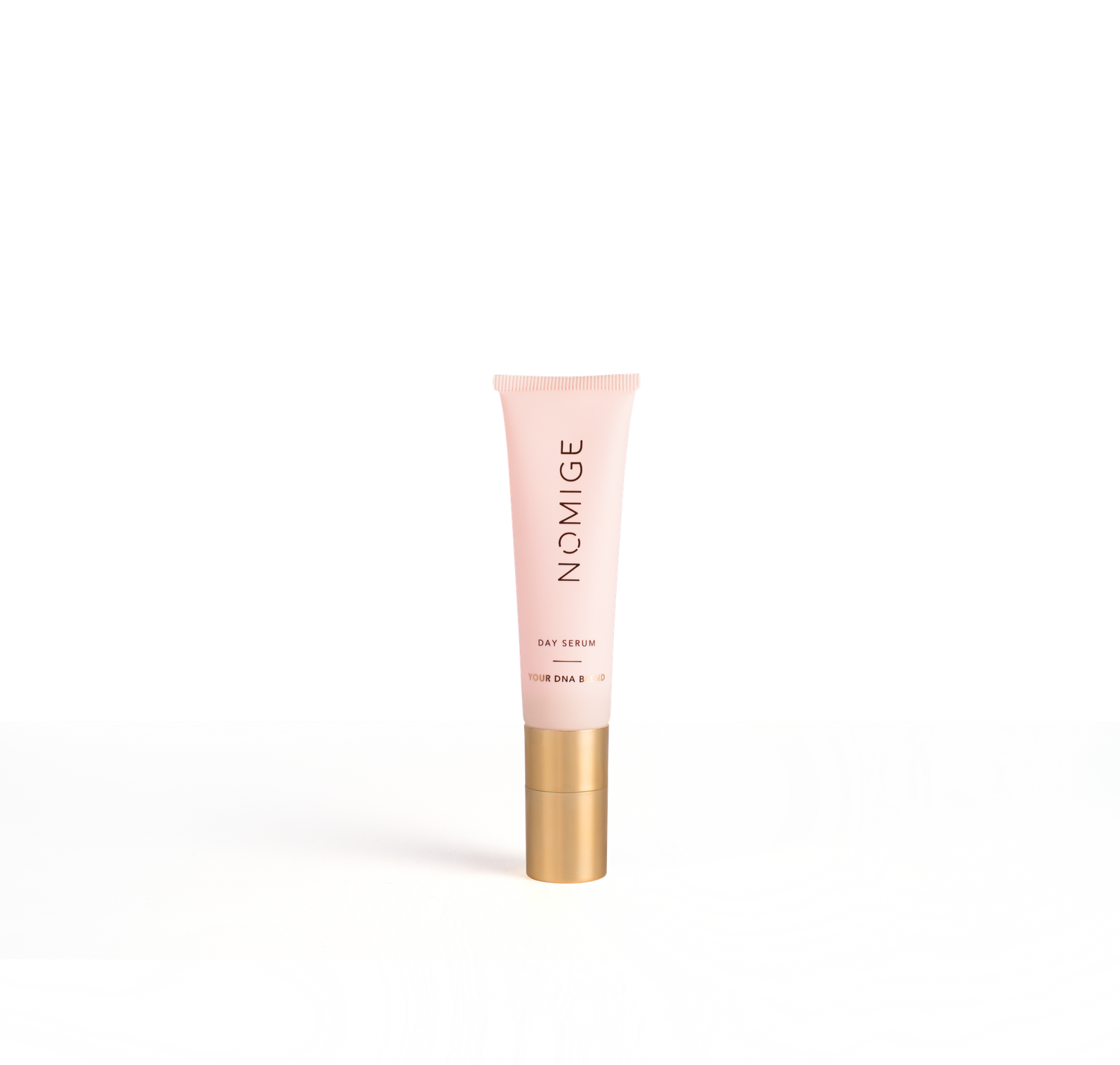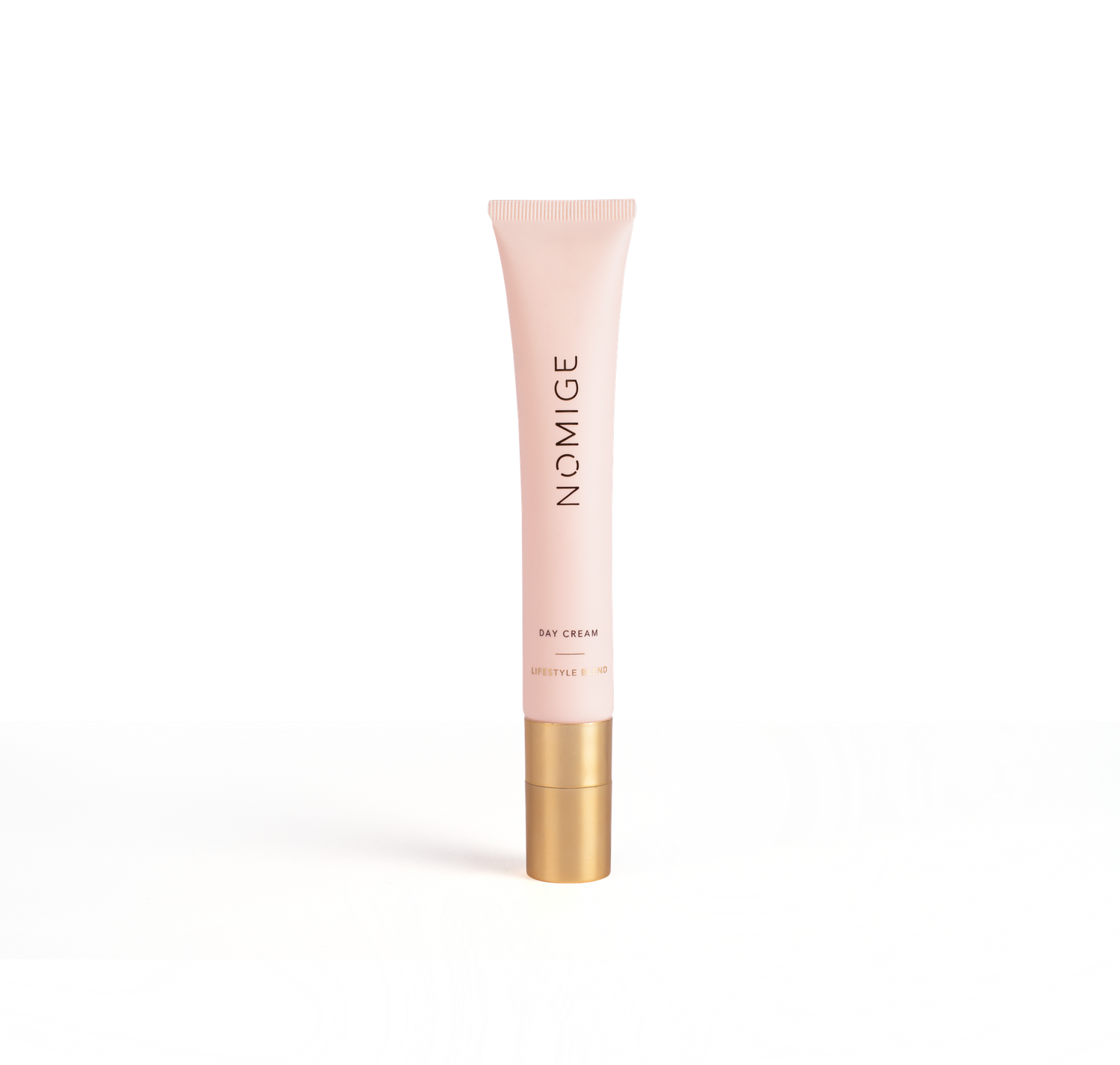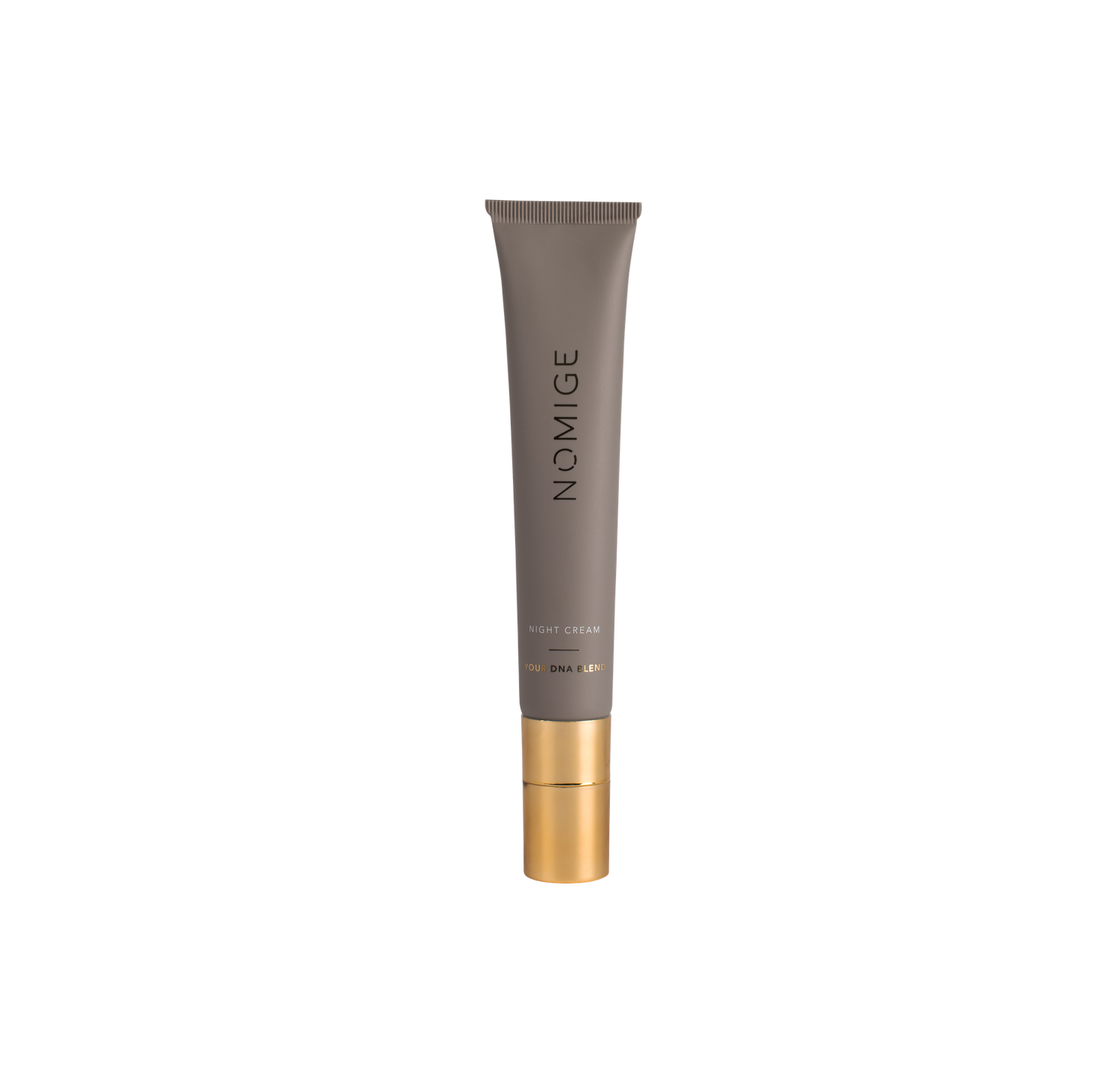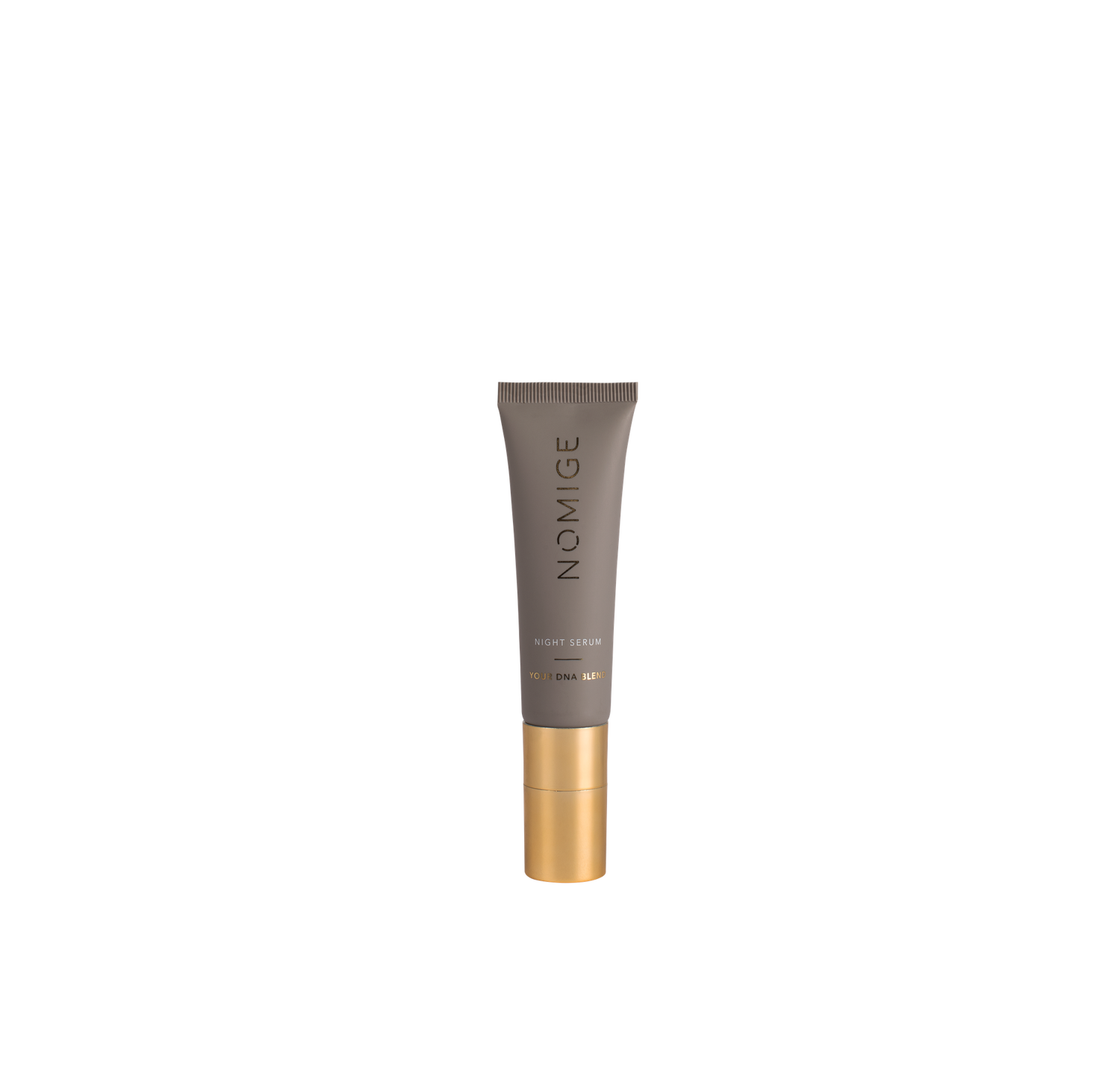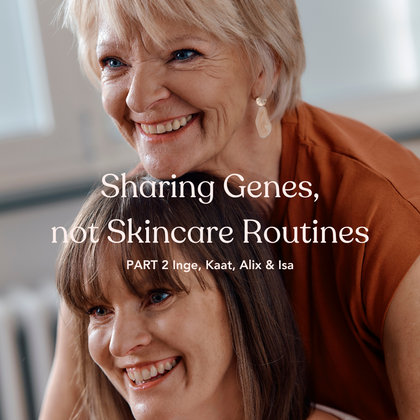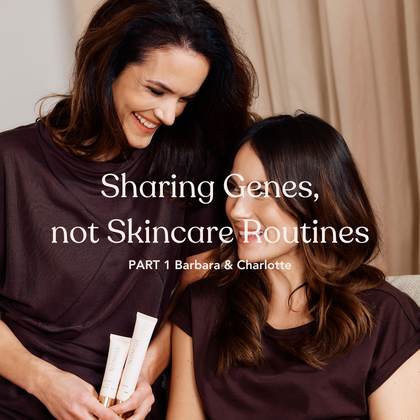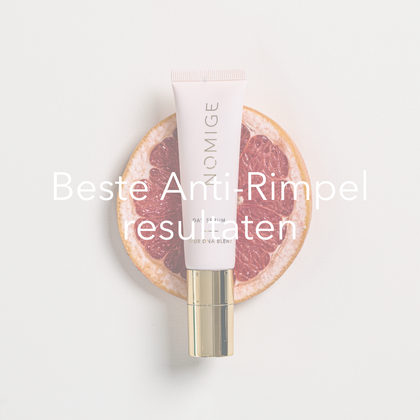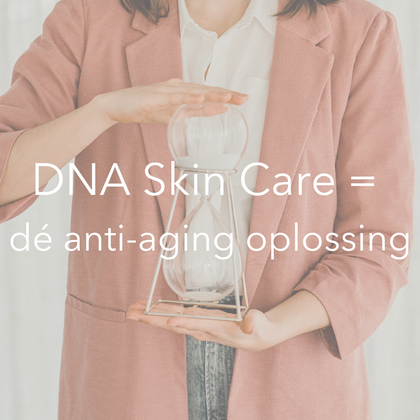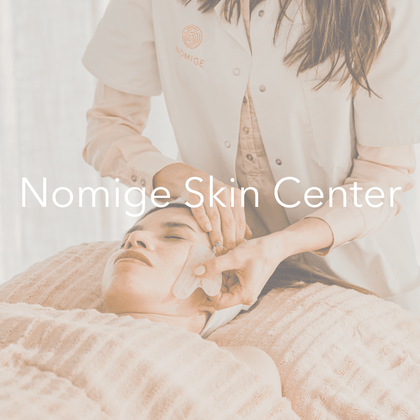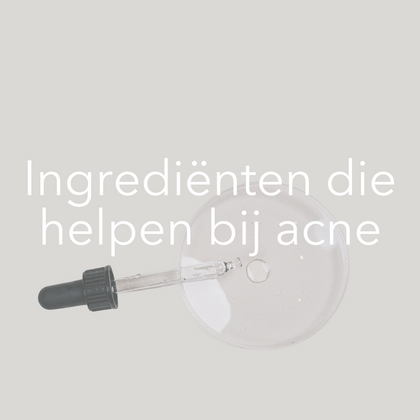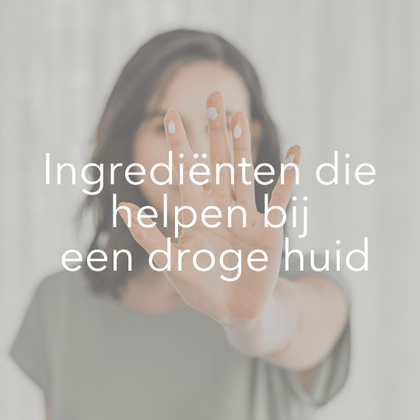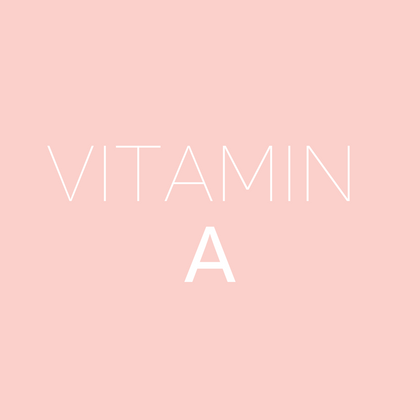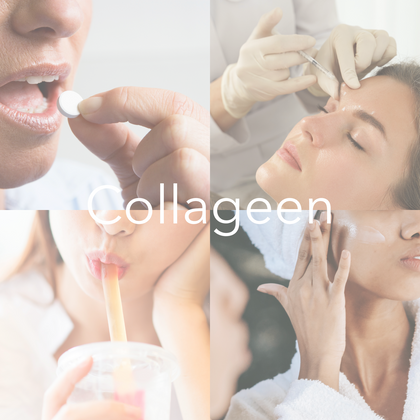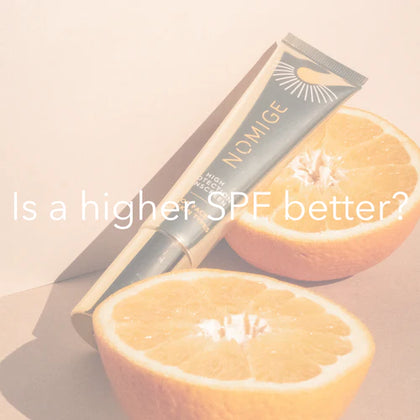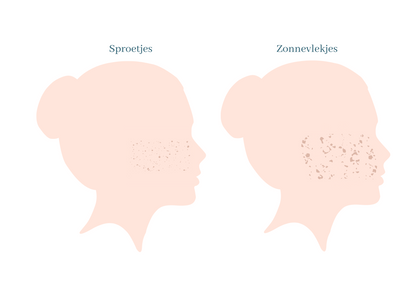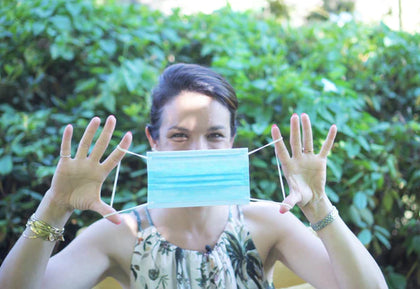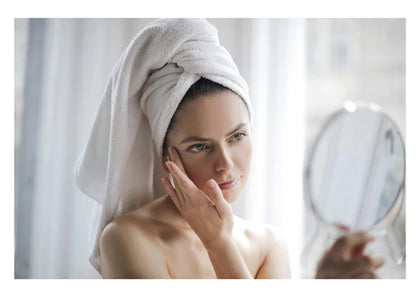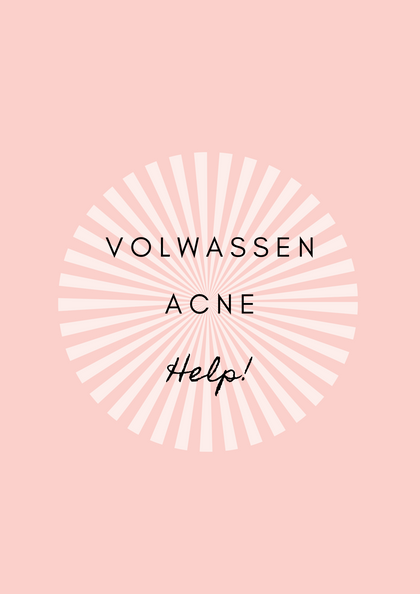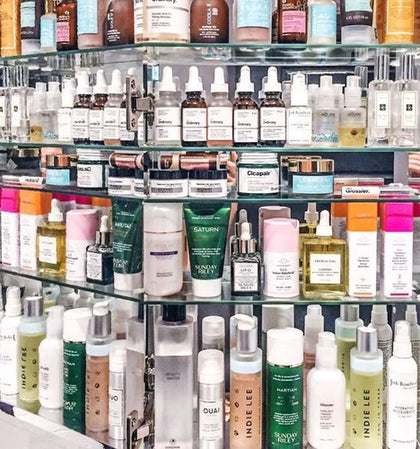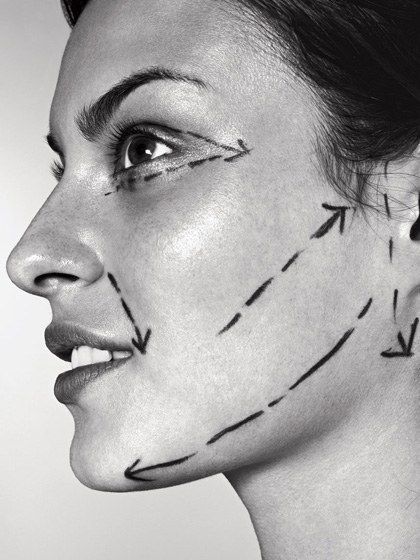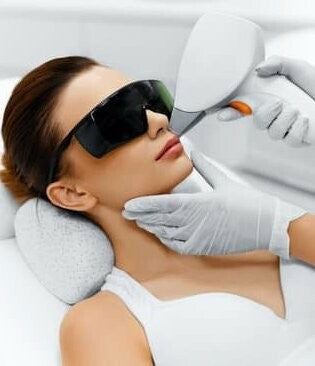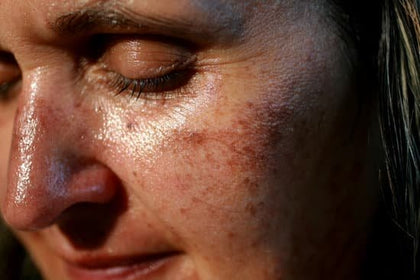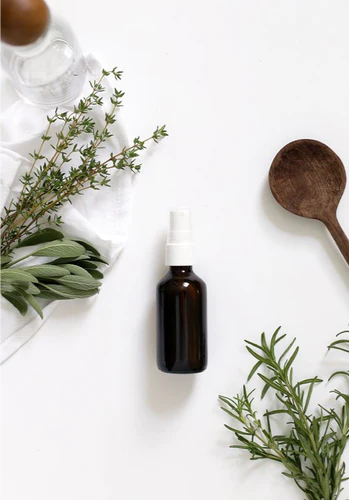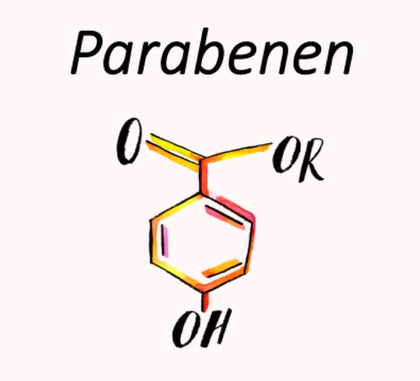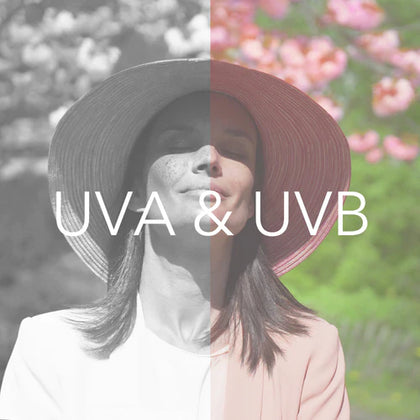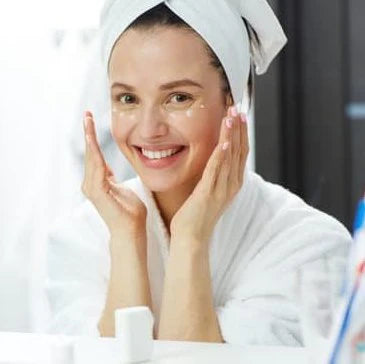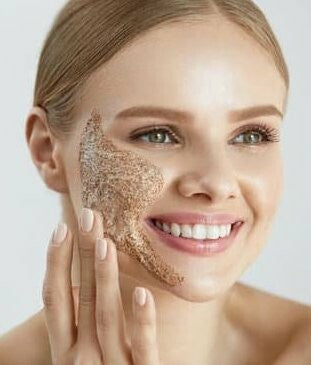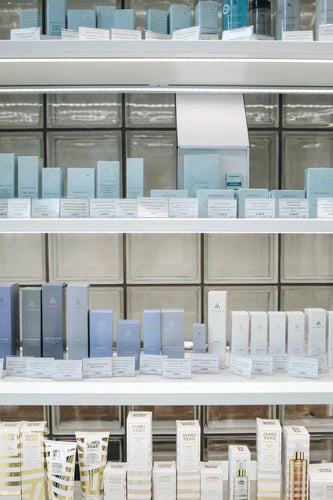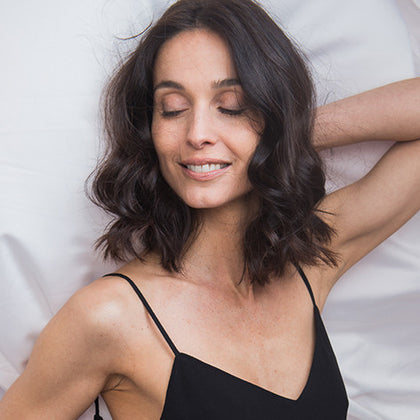What do you know about sun protection?
The sun is a bit slow to show up this year. But with the summer months just around the corner, we would like to explain to you again how to protect your sun.
Enjoy the sun, but sunbathe wisely.

UVA AND UVB
Sunlight is made up of different types radiation, including ultraviolet radiation (UV). There is both UVA and UVB radiation. UVB ensures that you get a tan, but also that you burn if you sit in the sun for too long. UVB is also responsible for the production of vitamin D. UVA, on the other hand, is a bigger culprit. This radiation penetrates deeper into your skin and causes premature skin aging and possibly skin cancer. So make sure your day cream or sunscreen blocks both UVA and UVB rays.
UV FILTERS
The quality and safety of UV filters has been a hot topic of discussion lately . Some filters claim to be better than others, but there is no clear evidence for what the best sunscreen is. UV filters can be divided into two groups: organic sunscreens and mineral sunscreens. Both have their advantages and disadvantages.

ORGANIC FILTERS
Organic sunscreens contain molecules that absorb radiation and convert the energy into a harmless form. These undergo a chemical transformation upon contact with UV radiation, absorbing the energy and releasing it in the form of heat or infrared radiation.

MINERAL FILTERS
Mineral sunscreens lay a layer on the skin. They contain two inorganic substances, titanium dioxide and zinc oxide. These work as a kind of mirror and provide reflection and scattering of the UV light. The disadvantage of these filters is that they feel less pleasant and that they leave a dull and white glow on the body or face.
The SPF protection factor (Sun Protection Factor) expresses the effectiveness of your sunscreen. It is about the UV absorbing power of the cream. In other words: the SPF indicates how much longer someone can stay in the sun without burning when using a sunscreen compared to someone who does not indicate protection. So if your skin turns red after 10 minutes without protection, then with SPF 15 you would be able to stay in the sun up to 15 times longer.
But be careful, because the SPF you see on your sunscreen packaging only tells you to what extent the product protects you against UVB rays, not UVA. Keep this in mind when choosing your sunscreen. So look for sunscreens that explicitly state that they also protect against UVA.
WHICH SUNSCREEN SHOULD I USE NOW?
Which protection factor is most suitable for you depends on your skin type. This is determined by how much pigment you have in your skin. The paler you are, the more regularly you will need to apply.
However, SPF is not as simple mathematically as it seems. It is not the case that an SPF 30 works twice as long or twice as well as an SPF 15. Nor is it the case that if you apply two layers of cream with SPF 15 on top of each other, you will have the same protective effect as an SPF 30.
It is true that more lubrication is always better.
The difference in sun protection between SPF 30 and SPF 50 is not as big as you might think. An SPF 30 blocks 96.6% of radiation. SPF 50 offers around 98% protection. No sunscreen blocks 100% of UV radiation. So SPF 100 is very misleading for that reason.

A DAY CREAM WITH SPF?
In the sunny months the amount of UV radiation is higher. That is why it is advisable to use a day cream with SPF during these months. Although we also recommend using it in the winter. Protection never hurts. Since we spend a lot of time indoors and an SPF 15 already offers 93% protection, Nomige has chosen to add a low sun protection to all its Lifestyle day creams. This way you protect your skin daily against UVA and UVB radiation without having to apply a heavy, high SPF to your face. This can not always feel pleasant for your skin.
Are you really going into the sun? Then it is wise to choose a sunscreen with a somewhat higher protection factor, for example SPF 30. Nomige has developed the 'UV Protect' cream for the face with a medium sun protection. Nevertheless, this cream has a very pleasant texture and feels nice on the skin. You can apply it as is or over your day cream.
LUBRICATING ENOUGHLY & CONTINUING TO LUBRICATE
Applying too little will result in the protection factor of your day cream being much lower than stated on the packaging. So if you only apply a thin layer of SPF 30 to your face, the actual protection factor may only be SPF 10. Therefore, always apply more than enough day cream or sun cream to your skin.
In addition, it is no myth that your SPF protection will wear off after a few hours. So whether you use a sunscreen or a day cream with SPF; keep applying it when you go out in the sun. Are you indoors all day? Then it is of course not necessary to apply day cream multiple times. Although that can have its advantages in terms of hydration ;-)
One thing is for sure, you have to protect your skin.
Questions about skin protection?
Discover Dr. Barbara Geusens' tips on skin protection. Don't hesitate to contact us if you have any questions.
Questions about skin protection?
Discover Dr. Barbara Geusens' tips on skin protection. Don't hesitate to contact us if you have any questions.
Follow our story
Connect with us and follow the hashtag #MyNomige to stay up to date on the latest skin tips and news.
Follow our story
Connect with us and follow the hashtag #MyNomige to stay up to date on the latest skin tips and news.
High Protection Sunscreen SPF 30+



